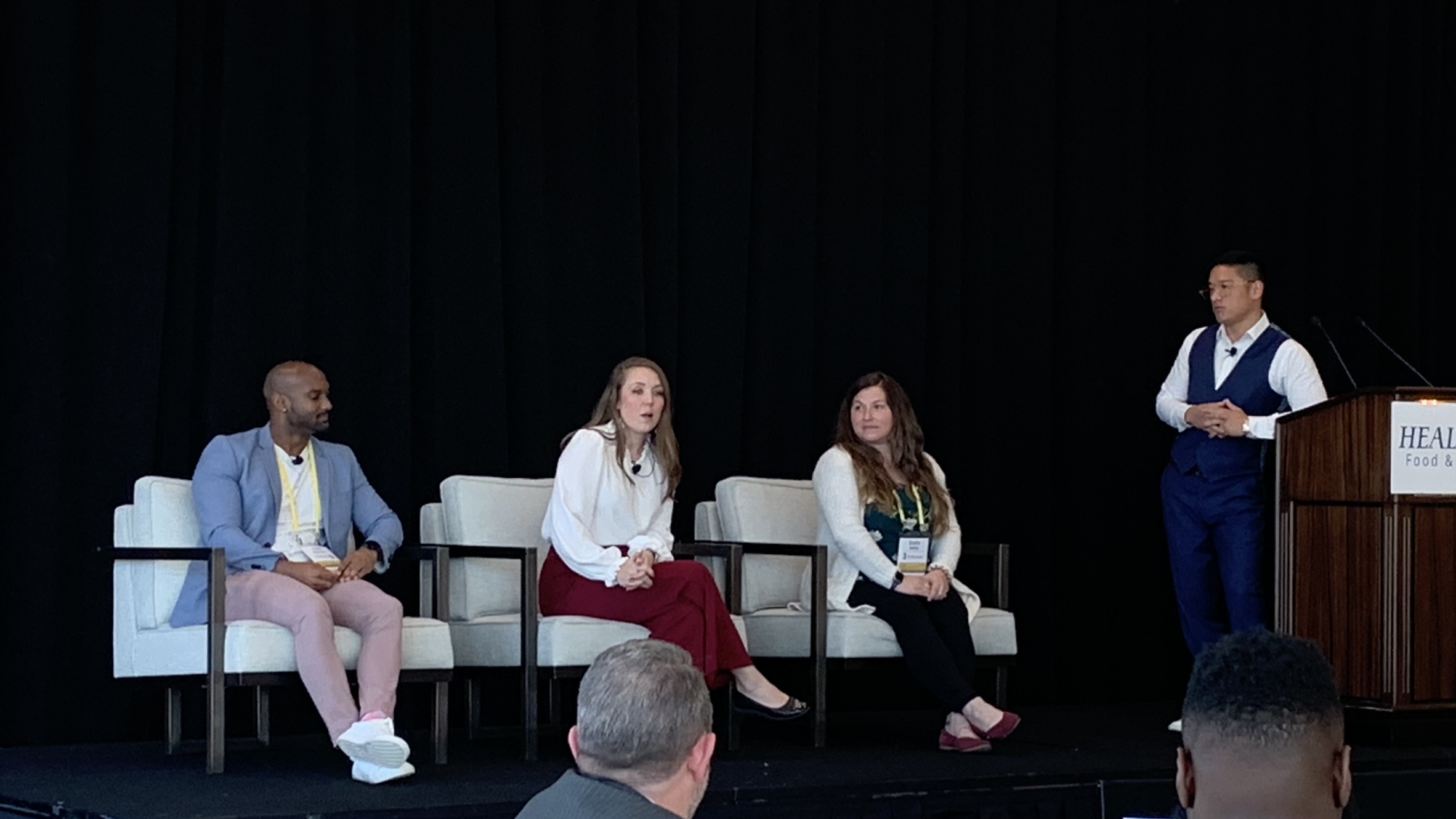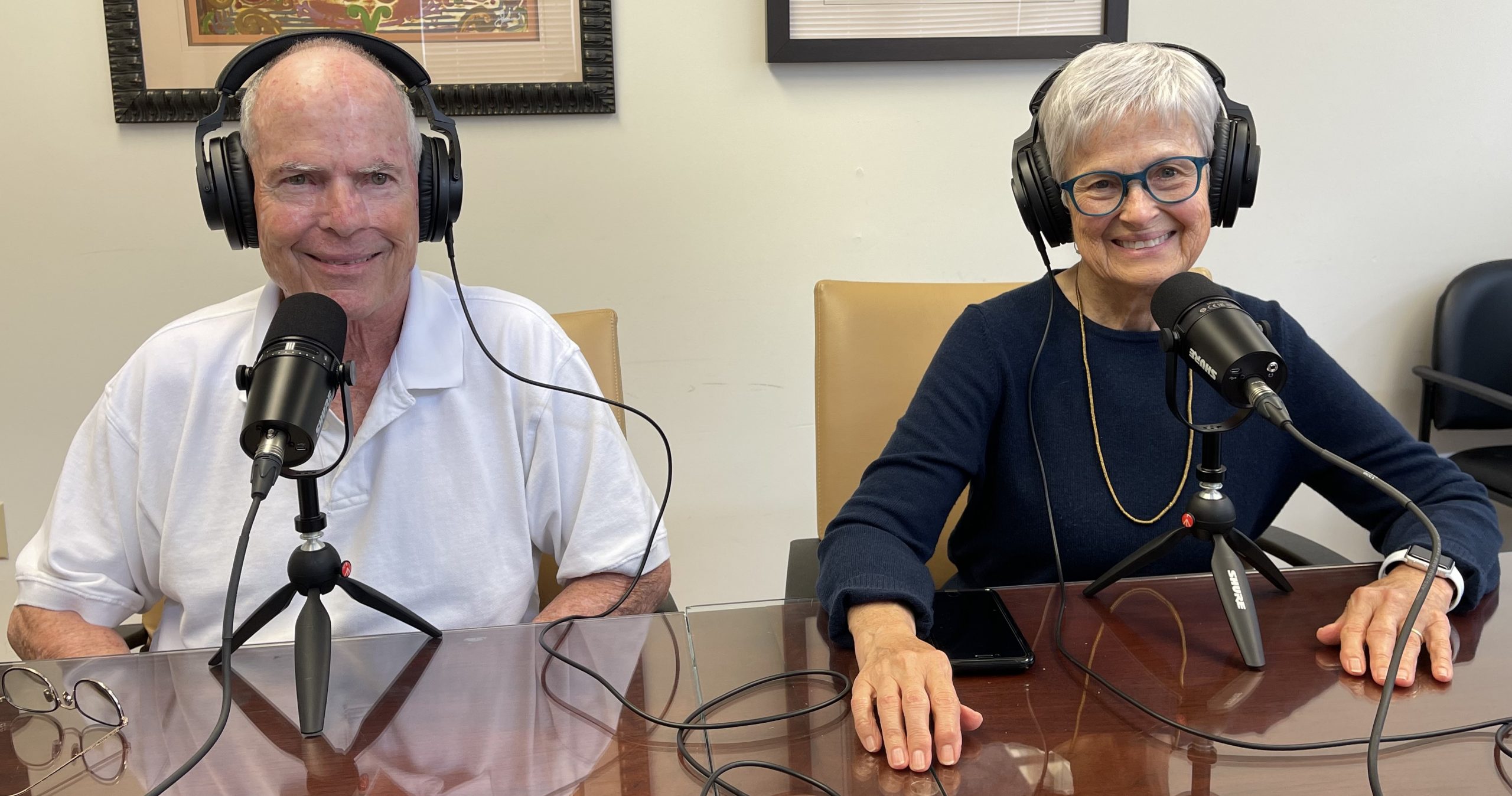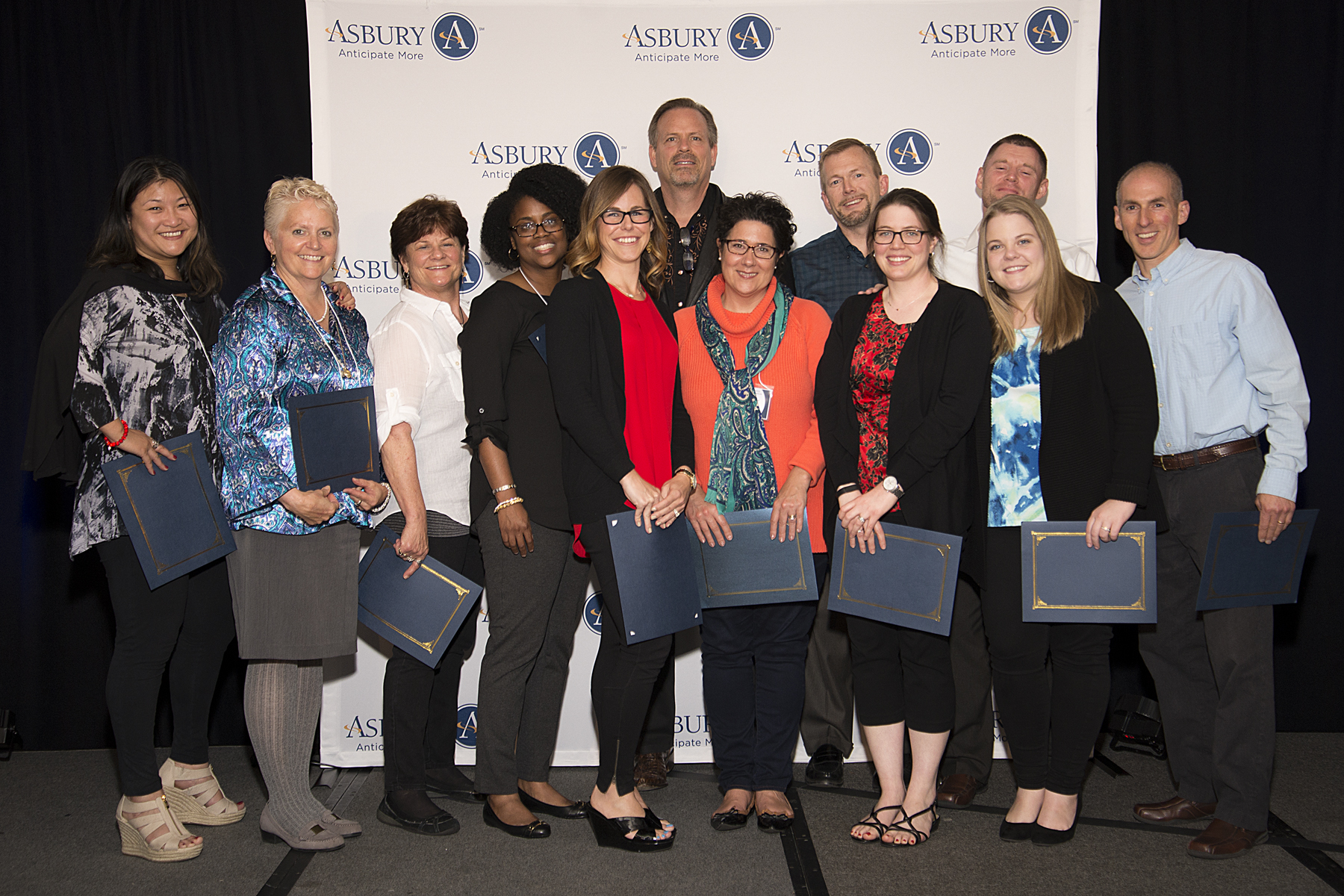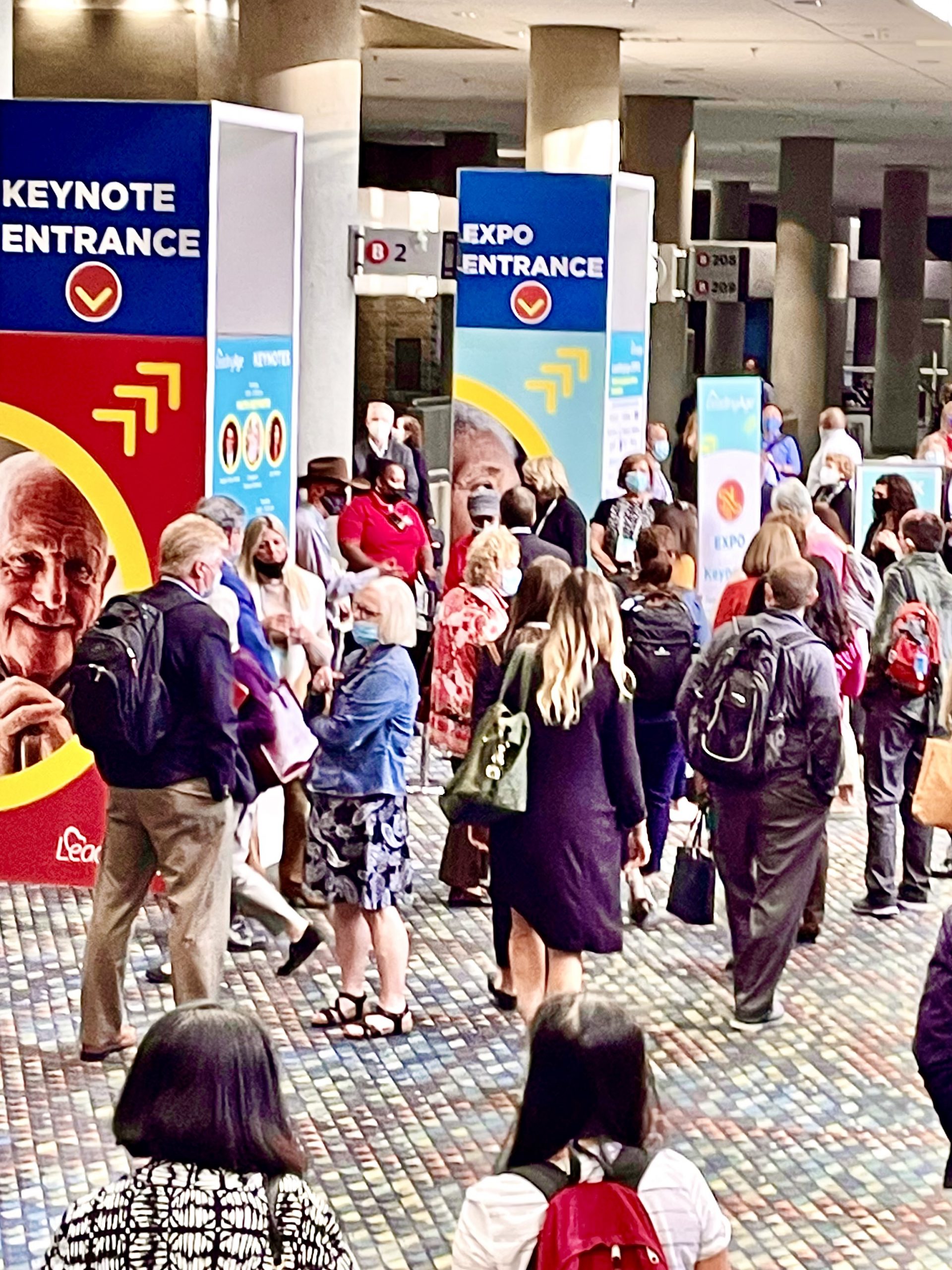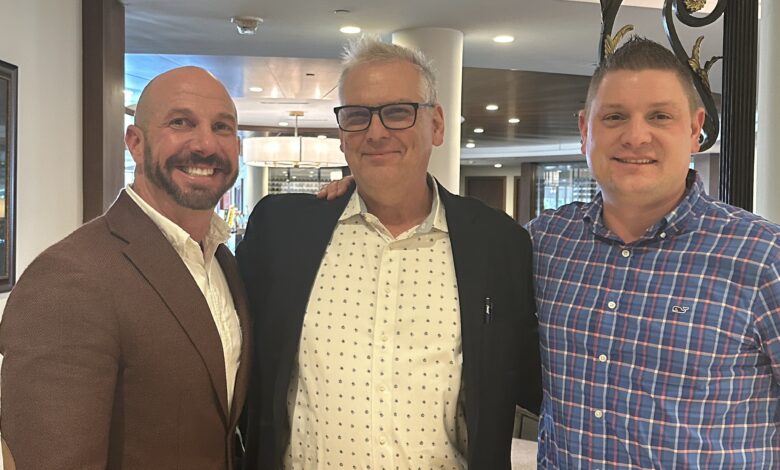
HEALTHTAC F&B 2024 Panel: Resident Experience, Part 1
By Jim Nelson | December 31, 2024
MIAMI, FL — Here in this south Florida city renowned for its nightlife, white sand beaches, and Latin culture, sister companies HEALTHTAC and Senior Living News recently held our annual boutique food & beverage event.
The second of our panels (click here to read about the other panels) at our event focused on what culinary departments can do to enhance the dining experience for their residents.
This first of a two-part article brings you into the room for the discussion between panelists John Pietrangelo, the senior director of dining services at Life Care Services; Michael Zywicki, the VP of programs and engagement at Anthem Memory Care; and Brian Patterson, the culinary innovation and development chef at Goodwin Living, who also moderated.
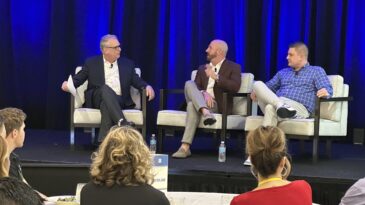
Patterson kicked off the panel by asking Pietrangelo about LCS’s approach to branding their venues and innovating the dining experience for their communities.
“I would say it’s managing resident expectation,” Pietrangelo answered. “We have what we call a dining room, and in that dining room what is the expectation when a resident enters it? We want to brand it, we want to identify what this venue is going to be, what does it look like, feel like, smell like? Decor, uniforms, the whole brand? So, when your resident walks into the room, they have an expectation of what the experience is going to be like. We have to manage that expectation for where the resident wants to go and dine, and the experience they want to have. So branding is very important for us at LCS.”
Turning his attention to Zywicki, Patterson asked, “Even though we all share the same mission, you serve a very specific level of care. Can you talk about your concept of dining with dignity?”
“We’re memory care; that’s all we do,” Zywicki said of his company. “We have an experience that we’re trying to fulfill for our residents, looking at their nutritional value, how they’re eating, and how that experience can either allow them to eat better or potentially cause them not to eat as well. I’ve had to make a lot of changes in our dining rooms to create an experience that everyone can enjoy. I’ve got to look at not just our residents, but our staff, because we face caregivers who say, ‘I didn’t get hired to be in the dining room and serve the residents.’ So, I had to change my mindset; how can I get this to meet everyone’s needs and ultimately remove the food waste that we were seeing? Because the experience that was lacking in our dining rooms was causing our residents not to eat as well.”
“We’re all entitled to a good experience, not only those we care for, but those who do the caregiving,” Patterson followed up. “Michael, can you share a little bit more about your deliberate shift in focus to a resident-centric experience, to crafting an experience that is good for all and a satisfying experience for the caregiver?”
“My biggest pet peeve — I call it the herd-of-cattle approach,” Zywicki explained, “is where it’s basically bring all the residents together at the same time and serve them as fast as possible. Now we have a ton of residents in the dining room, actually causing chaos. The residents are not focusing on eating as much as they are paying attention to everything else that’s going around in this mass chaos. So, I said, ‘Why are we rushing this experience? Why does everyone have to come in at the same time? Why can’t we slow it down, allow residents to come in when they want to?’ Now, we keep it within a certain timeframe. It’s not open dining, but now when residents come one by one, we are greeting them with a smile, their salad, and their drinks, and as they come in, they’re served. Not having to serve everyone their main entrée all at the same time, we’re allowing them to eat at the pace they want to, and the whole dining room feel and environment have changed, and our waste has gone down significantly. We’re seeing 75 percent to 90 percent of the food eaten instead of 30 percent to 50 percent. It’s really made a change. And I’ve also said, ‘Stop taking your breaks during mealtimes; you’re now going to be part of that whole serving.’ I’ve told the caregivers, ‘I want you to focus on supporting the residents who need the support,’ which is part of their job, and they argue less about that. And now life enrichment, who are there to create an experience all day, are the ones serving with the culinary team. They are able to make that experience better, more effective, more efficient, and it’s translating into an environment that’s more welcoming. Residents are eating better, there’s smiles, it’s not chaotic. I think it’s been game changing for us.”
“John, during the pandemic, to-go service skyrocketed, and the demand has not subsided,” Patterson said to Pietrangelo. “Often, ‘to go’ is executed as an afterthought, dropping the menued food into a three-compartment, reusable container. I am in the hunt for a more deliberate presentation of to-go food so that when the resident gets back to their apartment, opens their container, they’re wowed by the presentation — like a happy meal for older adults. So, tell us about your vision for deliberate menuing and packaging for food to go.”
“We have seen residents come back to the dining rooms, but not at the pace they used to; we still see about 25 percent of the residents eating in their homes,” Pietrangelo said. “I don’t want to change their behaviors if they don’t want to change, so let’s meet them where they are and try to deliver better meal service to them at home. I think one of the first things we have to identify and recognize is what is actually on the menu. Be more deliberate about what is actually available for takeout, that packages well, that will hold well, that might reheat well. I think that’s number one. Oftentimes we open up the whole menu and half that stuff won’t convey or reheat well, so the integrity of the product is already shot. So, you’ve got to figure out, really, what makes sense from the menu. If they want to have the other part of the menu, that’s their incentive to come back to the dining room. Let’s start there. We have about 25 percent of the residents still eating at home in some capacity; if we take that into effect, what’s happening to that 25 percent of my staffing that is not waiting on tables? So, we’re looking at maybe doing some kind of a room service element where we can actually put them on china plates and deliver them to rooms on tables, really advancing that service to a resort-style concept. Let’s repurpose that labor that’s not being utilized to wait on tables in a dining room to go deliver a better service in the resident’s home versus maybe a bento box. Now, there’ll have to be maybe some upcharge for that service.”
“And get the bento box back,” Patterson interjected.
“Bringing it back is key and critical,” Pietrangelo agreed.
ALSO: HEALTHTAC F&B 2024 Panel: Technology in Dining
At that point, Patterson wanted to know more from Zywicki about the importance of caring for the caregiver, thereby helping them to provide a better level of care to the residents.
“Prior to making the change,” Zywicki said, “when we were asking caregivers to do all the serving, they were over it by the time the residents received the meal because of the mass chaos. By removing that from them, it has now allowed them to not be frustrated by the chaos, by the extra work that they had to do. Now, it’s fulfilling them more because instead of serving and doing another task, it’s helping them actually build a relationship with the residents, which is translating to their care actually improving. It honestly has translated, especially in memory care, because our caregivers are asked to do so much. They’re pretty much all hands on. Care is where we put a lot of our money and resources, so we have to make sure that we’re not overusing them to where it now bleeds into our dining experience and completely ruins it. So, I’m like, ‘How can I position them in a way that they’re going to fulfill the experience for me and be a positive instead of a deterrent for that whole experience?’ Putting them in a position where it’s still in their mindset, ‘I’m still caring for the resident and their needs’ has translated to them enhancing the whole experience and again, to our residents eating better. It’s even leaked into them being engaging in my engagements side of things, as well, outside of the dining room, so it is making our whole culture shift for our caregivers. We’re being strategic in the work that they’re doing and they’re delivering better service at the end of the day.”
“That’s terrific,” Patterson responded. “At Goodwin Living, we put such a premium — I give attribution to our CEO, Rob Liebreich — on the emphasis of caring for the caregiver, of taking care of your team, that that’s part of the best retention tool: salaries, compensation, free lunch, but caring for those caregivers and making them feel like a part of an essential process. Michael, I wanted you to complete your thought about the tracking of waste and what you learn about how your residents are eating by what you’re observing on the plates as they come back.”
“I get really excited about waste conversations because I am not culinary trained; I am operations, through and through,” said Zywicki. “I was an executive director for 16 years, I was an ops specialist, so I opened my mouth and said, ‘Our dining and engagements are not where I would like them to be,’ and the company said, ‘Fine, make it happen.’ I have a culinary group that I work with, they consult, and they’ve taught me the value of waste, but I have taken it a step further with my ops mind, saying, ‘Yes, I get it can help with cost, waste managing, but what I’ve also looked at is, “How can we better serve the resident by paying attention to where the waste is coming from?”’ And now I’m at stand-up meetings in the morning where the chef’s saying, ‘I saw the past week, Susie Q. Resident has not been eating much of their meal. Is it potentially that they can’t manage the regular diet anymore? Do they not have enough support being offered to them?’ Now, we’ve had diets changed a whole lot faster. We’ve had support added to where we don’t have to necessarily change a diet, but now we’re paying attention to where waste is coming from, and the chefs are watching in the dining room. The waste initiative has been across the board. I want them to manage the front and back of the house. The caregivers are now competitive about not having a lot of waste from the residents’ plates, so they’re actually enticing the residents to eat more and better. It’s turned into this whole mindset that we don’t want to waste food and we want our residents to eat well. It’s turned into a beautiful thing; we are now focused on their nutrition, and everybody’s part of the same plan. It’s been huge.”
In part 2 of this article, the panelists will talk about the trend toward more action stations and chef’s tables; telling your story through food; and requests for a more plant-based menu from the younger seniors who are starting to arrive.

